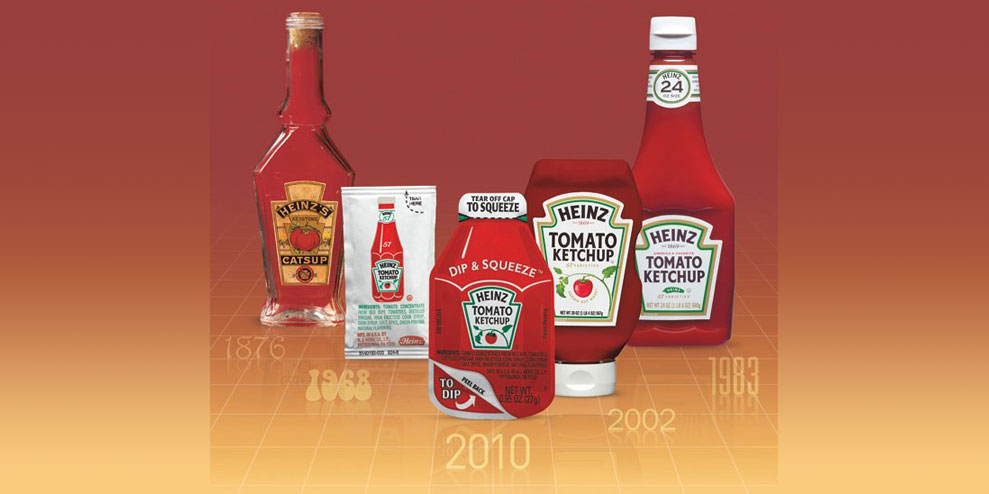Successful Brands Are …
Successful brands are many things. To appeal to customers, organizations must be credible, with actions that are in alignment with their messaging. There must be no disconnection between what a brand promises and what it delivers.
A brand must be meaningful, with specific relevance to customers’ lives. Successful brands are unique, with a distinct identity in the marketplace. Successful brands are holistic, meeting customers’ needs on multiple levels. Successful brands are sustainable, engaged in business practices they can maintain over the long term.
All of these criteria are important. But there’s one factor that trumps all of these factors: Consistency. Successful brands add value to the customer experience across all touch points, and are trusted because they consistently deliver on their promises.
Why Is Consistency So Important?
It’s dinner time at your house. You’ve got a big juicy burger. The only thing that’s missing is the ketchup. So you go to the fridge, take out the bottle, and give it a shake. After squeezing a good amount of ketchup onto your burger, you take a big bite.
Something’s wrong. Instead of the intense tomato experience you were expecting, you’ve got a watery, bland mess on top of your burger. That’s no good, so you toss the ketchup and buy a new bottle. This time, everything’s great.
You use up that bottle of ketchup, and get another bottle from the store. This time, the ketchup’s watery and bland again. It’s time to go back to the store for another bottle.
Are you going to buy the same brand of ketchup again?
Chances are that you won’t. Customers like predictability in their purchases. They want to know ahead of time what they’re getting for their money. That’s why companies like Heinz take great pains to deliver the same amazing taste of their product consistently—even when they’re filling the small packet at McDonald’s.
Performing Consistency Checks
Being consistent in your messaging and product offering is a discipline that requires regular practice on a yearly, quarterly, monthly, and in some cases, weekly basis.
You can start by listing all of your consumer touch points—all of the ways your customers interact with your brand. Here’s a list of common consumer touch points:
Names (product & company)
Advertising (commercials, billboards, etc.)
Collateral
Direct Mail
Publicity / Public Relations
Customer Relationships
E-mail Communication
Partnerships / Alliances
Recruiting / Training
Sales / Marketing
Customer Service
Culture
Intellectual Capital
Physical Environment
Conferences
Web Sites
Sponsorships
Logos / Design / Colors
Assuming you have clarified your brand’s promise (and that’s a whole process in itself), review each touchpoint while asking the question, How well are we communicating and delivering on our brand’s promise? You can even create a rating scale of 1 to 5 to help you subjectively measure your effectiveness.
Performing these consistency checks often will help ensure that you’re delivering on your promises. This is vital if you aspire to foster authentic brand loyalty with your customers.
–
Seeking to build and grow your brand using the force of consumer insight, strategic foresight, creative disruption and technology prowess? Talk to us at +9714 3867728 or mail: info@groupisd.com or visit www.groupisd.com



